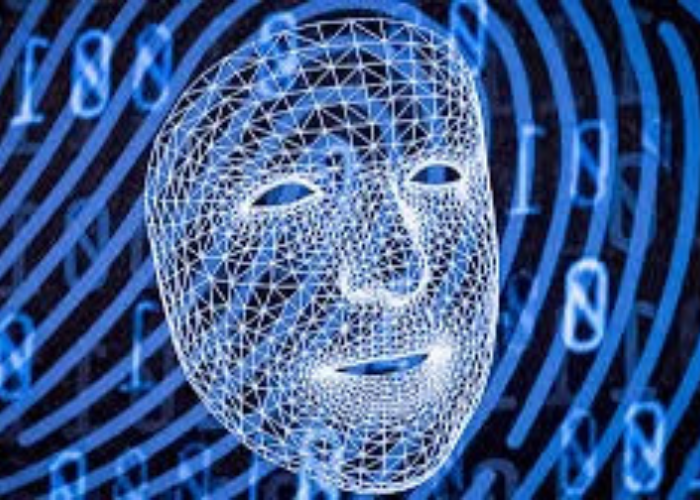Face recognition technology has emerged as a revolutionary development in the field of computer vision. With the ability to identify and verify individuals based on their unique facial features, this technology has found applications in various domains, ranging from security and surveillance to personalized user experiences. In this article, we will explore the advancements in face recognition technology and its implications in the modern world.
Advancements in Face Recognition Technology:
Accuracy and Speed:
Over the years, face recognition algorithms have significantly improved in terms of accuracy and speed. With the advent of deep learning techniques, such as convolutional neural networks (CNNs), facial features can be extracted and matched with high precision, enabling more reliable identification and verification.
Real-time Capabilities:
Face recognition systems now have the ability to perform real-time analysis, allowing for instantaneous recognition and response. This is particularly useful in security scenarios, where quick identification of individuals is crucial.
Robustness to Variations:
Modern face recognition systems have become more robust in handling variations in lighting conditions, facial expressions, pose, and occlusions. These advancements ensure reliable performance even in challenging environments.
3D Face Recognition:
Traditional 2D face recognition techniques have been augmented with 3D face recognition methods, which utilize depth information to capture a more comprehensive representation of the face. This enhances accuracy and reduces vulnerability to spoofing attacks.
Implications and Applications:
Security and Surveillance:
Face recognition technology plays a vital role in enhancing security and surveillance systems. It can be used for access control in secure facilities, border control, and tracking individuals of interest in crowded environments. It enables quick identification and helps in preventing criminal activities.
User Authentication:
Face recognition is increasingly being used as a biometric authentication method for various devices and applications. It offers a convenient and secure way for users to unlock their smartphones, access banking services, and authenticate online transactions.
Personalized Experiences:
Face recognition technology enables personalized user experiences across various industries. It can be utilized in retail to deliver targeted advertising, in healthcare for patient identification, and in hospitality for personalized customer service.
Law Enforcement:
Law enforcement agencies leverage face recognition technology to aid in criminal investigations. It assists in identifying suspects from surveillance footage and matching faces against databases of known offenders, aiding in solving crimes and ensuring public safety.
Ethical Considerations:
The widespread adoption of face recognition technology raises ethical concerns related to privacy, data security, and potential misuse. Striking the right balance between technological advancements and protecting individual rights is essential.
Future Outlook:
The future of face recognition technology holds immense potential. As research continues, we can expect further advancements in accuracy, robustness, and real-time capabilities. Integration with other emerging technologies, such as artificial intelligence, augmented reality, and Internet of Things, will open up new possibilities and applications.
Conclusion:
Face recognition technology has transformed the way we interact with systems and each other. Its advancements have led to improved accuracy, real-time capabilities, and robustness to variations. With its diverse applications in security, user authentication, personalized experiences, and law enforcement, face recognition technology is reshaping various industries. However, it is crucial to address ethical considerations and ensure responsible use of this technology to protect individual privacy and maintain public trust.
As face recognition technology continues to evolve, it is important for researchers, policymakers, and society as a whole to collaboratively navigate its potential benefits and challenges, ensuring that it is harnessed in a manner that promotes societal well-being and respects individual rights.







